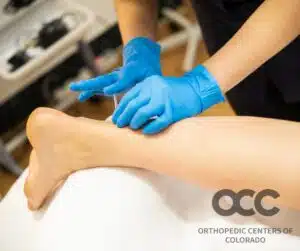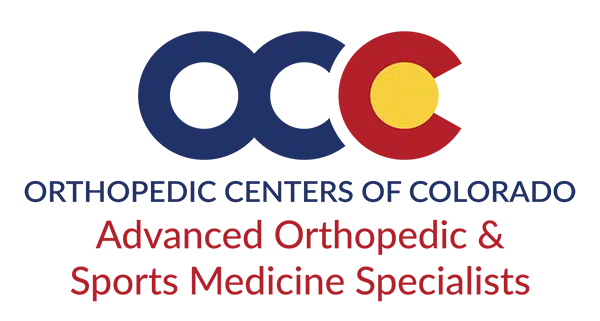Dry Needling

When an injury occurs from repetitive use or acute trauma, inflammation will be produced from the damaged tissues. The damaged tissues will also go into a protective tension state to guard against further damage from utilizing the injured tissue. This tension and inflammation inhibit microcirculation, which limits both the oxygen-rich blood reaching the injury and the waste products leaving the injury. The injury site becomes hypoxic (decreased in oxygen), which stimulates the body to produce fibroblasts, a cell that produces fibrosis or scar tissue. This fibrosis and scarring build up around the muscles and tissues, limiting the tissue’s ability to function correctly and can also cause compression and irritation of nerves, leading to pain, all of which lead to biomechanical disturbances in gait and function.
Dry needling uses a small, solid filament needle that is inserted in a contracted, painful knotted muscle to create a local twitch reflex, which is both diagnostic and therapeutic as it is the first step in breaking the pain cycle as research shows will decrease muscle contraction, reduce chemical irritation, improve flexibility and decrease pain. In cases of chronic pain or injury, dry needling can be paired with electric stimulation by directly inserting a needle into dysfunctional muscle tissue and adding an electric current to re-educate the muscle to contract, restoring the function of that muscle.
A common question is, “what is the difference between dry needling and acupuncture?” While the tool (the needle) may look the same, the two methods are quite different. Acupuncture involves needles being inserted at certain acupuncture points, mostly found along meridian lines. These lines represent organs of the body and have their origins in ancient Chinese medical history. The underlying treatment philosophy is based on the concept of balance and maintaining a free flow of electricity within the body.
The objectives and philosophy behind the use of dry needling are not based on ancient theories or tenets of traditional Chinese medicine but based on Western neuroanatomy and modern scientific study of the musculoskeletal and nervous systems. The goal of dry needling is to find and create physiological changes in anatomy-based tissue rather than affect energy flow, which is the goal of acupuncture.
For some other common alternative forms of medicine to improve an athlete’s ability to function and manage pain, visit our PT Services page.

